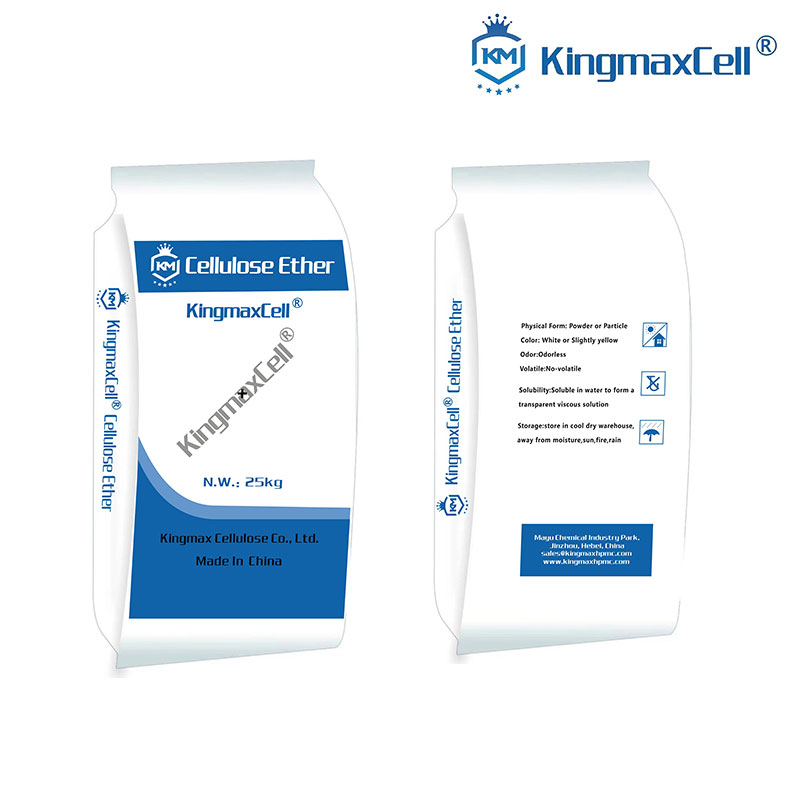Redispersible latex powder (RLP) is a key ingredient used in a variety of industries for its unique properties and versatile applications. Understanding its composition, uses, and advantages is essential for those seeking effective solutions in construction, coatings, adhesives, and other fields.
Composition of Redispersible Latex Powder:
Redispersible latex powder is typically composed of several components, including:
- Polymer Resin: The primary component of RLP is a polymer resin, often derived from vinyl acetate ethylene (VAE) copolymers or other synthetic polymers. These resins provide adhesion, flexibility, and water resistance to the final product.
- Protective Colloids: Colloidal stabilizers such as cellulose ethers or polyvinyl alcohols are added to prevent the aggregation of polymer particles and maintain stability during storage.
- Plasticizers: Plasticizers are sometimes included to improve the flexibility and workability of the final product.
- Fillers and Additives: Various fillers and additives may be incorporated to modify specific properties such as rheology, setting time, or mechanical strength.
Applications of Redispersible Latex Powder:
- Construction Industry: RLP is widely used in construction applications such as tile adhesives, cementitious renders, self-leveling compounds, and exterior insulation finishing systems (EIFS). It improves adhesion, water resistance, and flexibility, enhancing the performance and durability of these materials.
- Coatings and Paints: In the coatings and paints industry, RLP serves as a binder and film-forming agent. It improves adhesion to substrates, provides flexibility, and enhances the mechanical properties of coatings, resulting in durable and weather-resistant finishes.
- Adhesives: Redispersible latex powder is employed in the formulation of adhesives for various substrates, including wood, plastics, and textiles. It improves bonding strength, tackiness, and water resistance, making it suitable for applications in carpentry, packaging, and textiles.
- Textile Industry: RLP is used in textile applications such as textile printing pastes and textile coatings. It provides adhesion to fabrics, improves printability, and enhances the wash and abrasion resistance of printed designs.
Advantages of Redispersible Latex Powder:
- Enhanced Adhesion: RLP improves adhesion to substrates, promoting stronger bonds and better performance in applications such as tile adhesives and coatings.
- Flexibility: The flexibility imparted by RLP allows for greater resistance to cracking and deformation, particularly in construction materials subjected to structural movement or environmental stresses.
- Water Resistance: RLP enhances water resistance, making it suitable for applications exposed to moisture or outdoor conditions.
- Improved Workability: Redispersible latex powder improves the workability of formulations, facilitating easier application and smoother finishes.
In conclusion, redispersible latex powder is a valuable additive with diverse applications and significant advantages across various industries. Its unique combination of properties makes it indispensable in the formulation of high-performance materials, from construction products to coatings and adhesives. As innovation continues, the role of RLP is likely to expand further, driving advancements in material science and product development.


